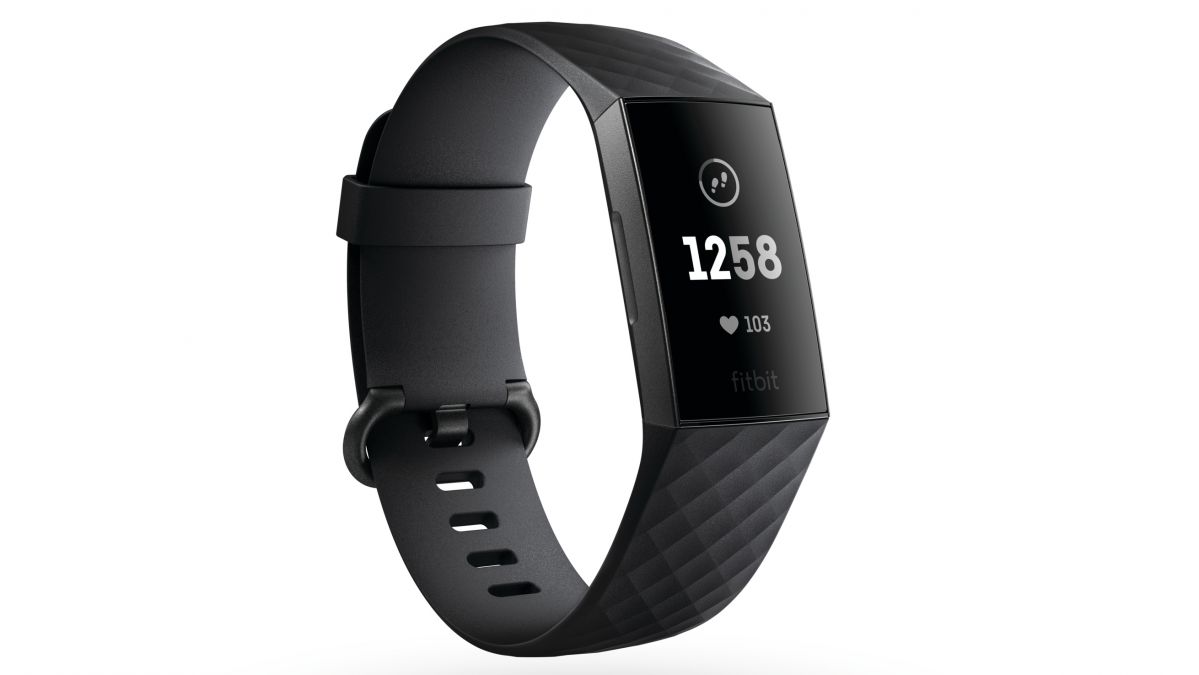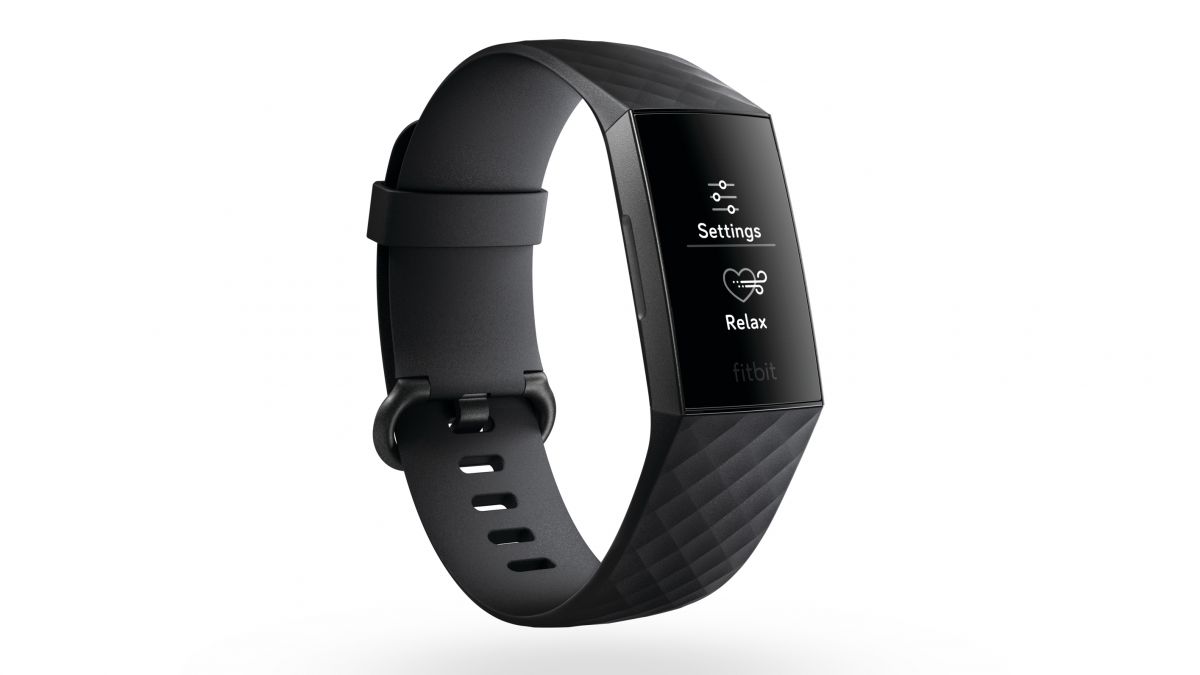Our Verdict
A step on from the Charge 2, this model is a great-looking tracker that's ideal for those who want some stats but not the data overload.
For
- Design
- Addition of swim tracking
- Improved notifications
Against
- Basic Live Display
- Charge 2 still represents great value
You can trust Coach
















The Fitbit Charge 2 was Fitbit’s best-selling tracker and deservedly so. It was the first device to feature the cardio fitness score, resting heart rate and fantastic sleep tracking. There was connected GPS and an interval timer, which I found invaluable when training for my first half marathon. And of course it carried all of Fitbit’s stand-out steps and activity tracking. Coach’s five-star rating still stands two years later and it more than holds its own against today’s competition.
The Charge 3, released in autumn this year, keeps all of those positives and brings more to the table in a more polished package, but the Charge 2 dropped to £80 in the Black Friday sales and appears to have stayed there, which raises the question: are the Charge 3’s upgrades worth the extra £50? That will depend on you, but with the gift-giving season bearing down on us this early hands-on review should help you make up your mind while we keep testing it – and decide whether it deserves a place in our best fitness trackers.
Before I detail the new features and my experience of them, it’s worth me reassuring you that the problems with the connected GPS people on Fitbit forums have experienced (as I did, but not other reviewers strangely) seem to have been resolved. For the first week or so the device would just not connect to my phone, but I assume an update was applied when I reloaded the Charge 3 on to my Fitbit account after swapping it out for the Ionic while I ran a 10K race. Now, the Charge 3 connects swiftly when you start an exercise on the device and you have an active connection with the Fitbit app.
Design
As for the differences that might make you plump for the Charge 3, the biggest one is swim tracking. While the tracking doesn’t match up to that on Fitbit’s smartwatches, with stroke recognition being left off the Charge 3, at least Fitbit’s been smart enough to allow you to set the pool length in one metre or yard increments, with a minimum size of ten yards – essential if you swim in a city centre gym’s space-starved option.
The live display, however, is very basic, offering just a stopwatch while you’re splashing away. Laps swum, pace per 100m and calories burned are displayed on the app once you’ve synced – the bare minimum. This is only an initial test, but my 20-length swim of a 25m pool clocked in at just 19 lengths. I tried another 20 lengths to see if the auto-recognise feature would kick in, but sadly not. I’d still say swim tracking is a valuable addition, though – it’s perfectly serviceable for casual swimmers and the features aren’t out of line with similarly-priced general fitness bands.
A swathe of other improvements are confined to the look and feel of the device, with an inset button and a larger touchscreen (the earlier version used the button and banging the bottom of the device to navigate). It’s nicer, sure, but cosmetic.
The notifications have improved, too. With the standard calls, texts and calendar notifications expanded to include apps – in my experience Fitbit seemed to offer notifications from any apps I had allowed on my phone including Citymapper, email and WhatsApp.
Sign up for workout ideas, training advice, reviews of the latest gear and more.
The battery life has also increased. Fitbit quotes seven days and I found the Charge 3 made that marker easily, stretching to nine days when I couldn’t use connected GPS and so got very light use out of it. Not that connected GPS is a battery hog – my 40-minute bike commute knocked just 2% off the battery. Plus, it seems like it has a quick charge function, going from 4% to 30% in 15 minutes, but taking an hour to reach 90%.
Is the Fitbit Charge 3 Worth It?
There are two more major additions which fall under the headings “mostly useless” and “currently useless”. The first is Fitbit Pay, available on the £150 special edition. Unless you bank with Santander or the handful of smaller banks which support this feature, it’s of no use to you (or, currently, me).
The Charge 3 also packs a relative SpO2 sensor like the Versa and Ionic smartwatches do. However, like those devices, it’s not being used. Fitbit has said it has plans to start testing it this year, but I’m not holding my breath that it’ll become a sleep apnoea detector (one potential use) any time soon.
While the above might sound like a negative review of the Charge 3, I’d urge you to take it as criticism of the new features only. The Charge 3 is a fine device that looks better than ever and is a great companion for people who like to keep active but don’t take it too seriously. But then, so’s the Charge 2, and as a “budget-conscious” consumer (to put it nicely) I’d probably pocket the £50 and plump for the Charge 2 for £80. However, if someone was going to buy me one, say for Christmas, that’d be a different matter entirely.

Jonathan Shannon was the editor of the Coach website from 2016 to 2024, developing a wide-ranging experience of health and fitness. Jonathan took up running while editing Coach and used the training plans on the site to run a sub-40min 10K, 1hr 28min half marathon and 3hr 6min marathon. He’s an advocate of cycling to work and is Coach’s e-bike reviewer, and not just because he lives up a bit of a hill. He also reviews fitness trackers and other workout gear.
